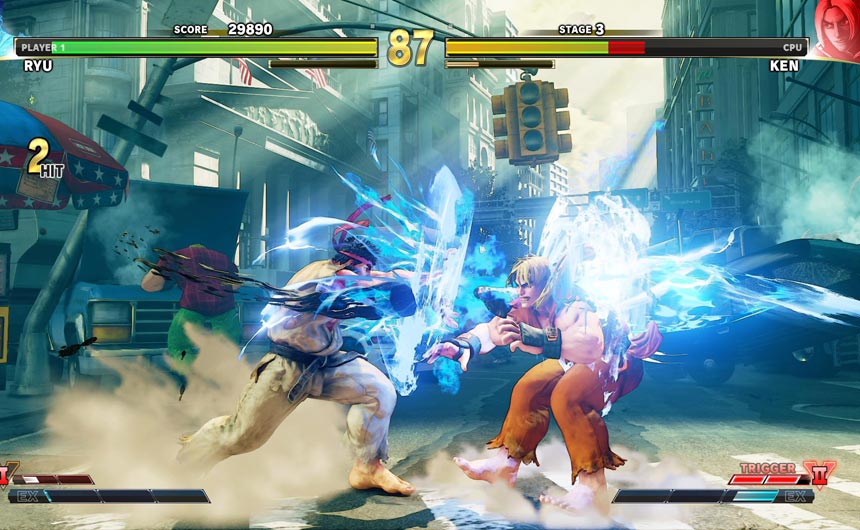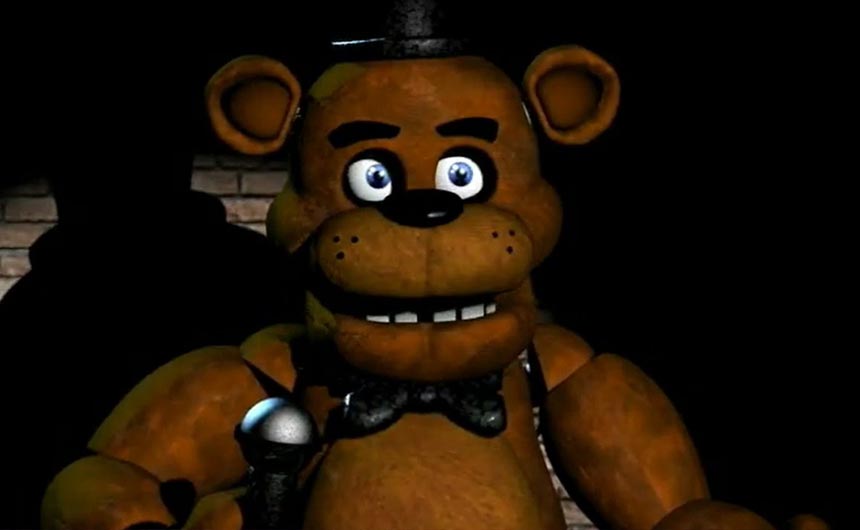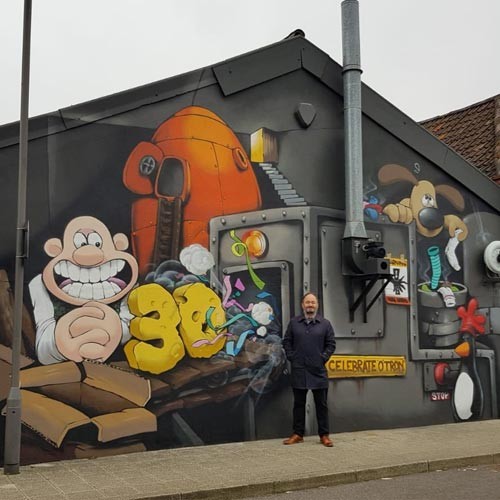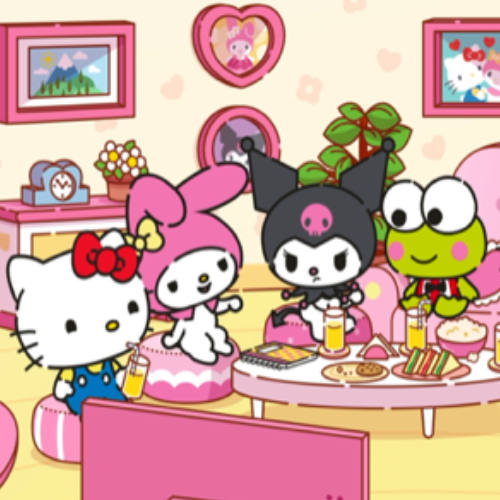Bits + Pixel’s Su-Yina Farmer on how licensees and retailers can get a realistic idea of a game’s potential.
The video games industry is an unstoppable machine that’s constantly churning out new IP. Not just from the publishing juggernauts of this world, but from indie developers and everything in between. It also boasts an impressive inventory of some of the world’s most beloved and enduring entertainment brands.
Surveying gaming landscapes, social media, message boards, charts, trends and data analytics can be a daunting task, especially if you are not a gamer or gaming specialist. Game sales are often a somewhat arbitrary measure of a brand’s success or potential, especially these days where business models can vary widely – but it’s something we often see the licensing industry fall back on.
So how do you measure a video game brand’s licensing potential if units sold doesn’t give you the full story? Well, there are a number of things to look at:
Game Sales – An obvious metric, but by no means the only one. While mega-selling games prove a level of popularity, there are some hugely successful licensing programmes based on games which have modest or even zero current game sales. This may be because the game operates on a ‘free-to-play’ or subscription business model, which means it won’t appear in the top-selling charts. Perhaps it’s a retro game that is no longer available on current devices, or perhaps it’s a ‘cult’ game that few have bought, but has achieved some kind of cult status.

Active Players – There are ways we can track the number of active or ‘concurrent’ players for certain games, usually online multiplayer games that require a constant connection to the internet. This data helps us gauge whether players have bought the game and are engaging on a regular basis. However, this number represents a particular spot in the timeline which can be high or low for various other factors such as a blockbuster game coming out which is temporarily holding the audience’s attention, or a major game update which is drawing in lapsed players. The important thing here is to see whether the active player-base has been steady over a more lengthy time frame.
Immersion – how long do people spend in the game? There are plenty of games that people buy, play for a couple of hours and then never think of again. But when gamers are spending hundreds upon hundreds of hours in a game, you know that it must be something special. People that have invested a large part of their daily life in a gaming world they love, in characters they’ve created or encountered, are likely going to invest in merchandise that extends that experience into the world they live in.
Hi-Score – the reviews and ratings of a video game title. Metacritic is a good place to start but always take YouTube comments with a pinch of salt; there’s a lot of angry for the sake of angry on the internet. Scores and reviews are important because you might not want to be associated with a game that has sold well but is essentially a bad, disappointing or even offensive title.

Media footprint – Some games go under the radar because they’re not in the top 10 sales charts, but in actual fact have a huge amount of coverage from content creators on YouTube and Twitch, or are always a part of the conversation on gaming message boards and social media. The popularity of game content across various outlets shows that a large gaming audience is interested, engaged, inspired and entertained by the brand and this should never be overlooked.
Longevity – A gaming brand that has been around for a long time means that it has been successful enough to be worthy of sequels and that people have spent a long time immersed in that world over many years. This also relates to retro games, games that have stood the test of time and have found their place in the video game hall of fame.
Cultural Significance – Some games capture a certain spirit or cement themselves in pop-culture. Games can be a huge cultural influence and we’re seeing this manifest itself in music, film and even fashion. Street Fighter, for example, has really embedded itself in the music scene, with everyone from Kanye to Nicki Minaj referencing the game in lyrics.

Appealing Aesthetic – Sometimes, just having uniquely designed characters or a visual style that’s instantly recognisable is strong enough to give a gaming brand an appeal that would make it successful in licensing. Indie games such as Five Nights at Freddy’s and Cuphead are great examples of capturing the imaginations of gamers for their visual style.
The video games industry is broadening in scope and variety, and with so many games coming to market, it’s important to look at the long tail of opportunity and not just the powerhouse brands. There are a lot of gaming brands which have untapped potential and audiences with a strong appetite for merchandise.
Su-Yina Farmer is co-director of Bits + Pixels Agency. You can find out more information at www.bitsandpixels.agency.
This feature originally appeared in the summer 2019 edition of Licensing Source Book. To read the full publication, click on this link.






























